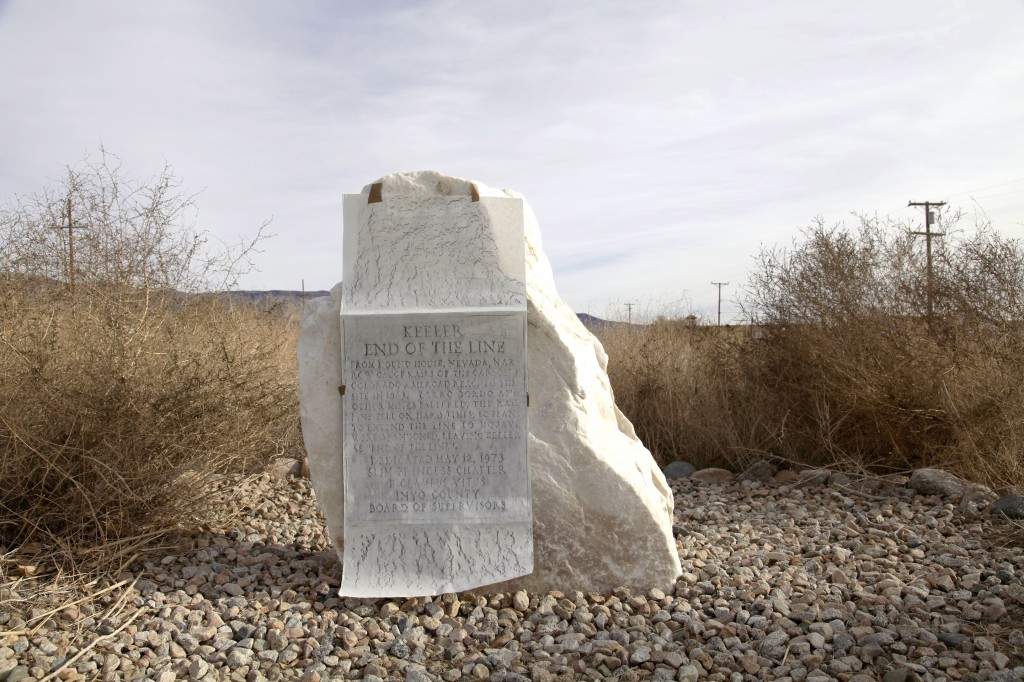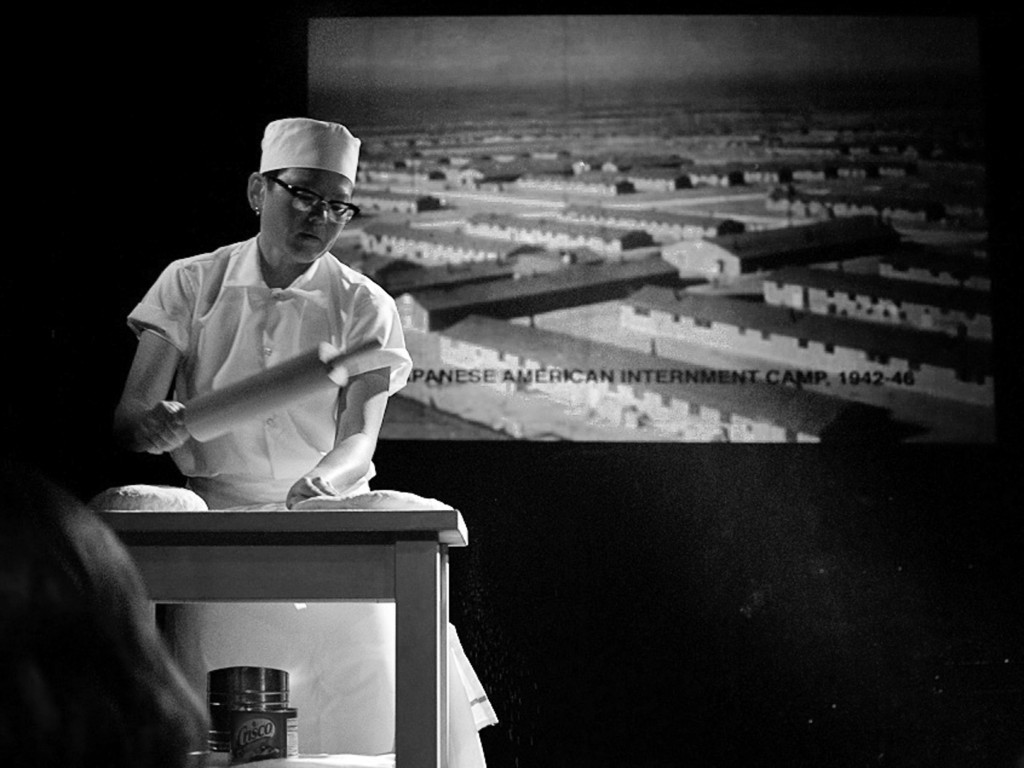RETHINK ENVIRONMENT VIDEO PROGRAMMING: featuring Johanna Breiding, Rebecca Lieberman,Tina Takemoto
End of the Line by Johanna BreidingEnd of the Line is a multi-media project addressing memory, entropy and the death of analogue photography via the historical and environmental significance of small town Keeler, California. The story of Keeler draws uncanny parallels to the death of analogue film and the photographic print. During the early 20th century, Keeler was a thriving community alongside Owen’s Lake at the foothills of the Sierra Nevadas. However, the demand for water from rapidly growing Hollywood and Los Angeles drained the lake’s waters. Once dry, silver dust was discovered on the lake bottom and sold to film processors like Kodak. Today, Keeler is a modern day ghost town, its resources either extinguished or obsolete. In its liminal position and extreme geographies, Keeler is metaphor and poetic gesture for the death of analogue photography: Keeler fed the demand of two film industries on opposites sides of the nation for years. Now, as the earth drowns in digital images, the community of Keeler atrophies, buried beneath a silver dust. Weltall, Erde, Mensch II by Rebecca LiebermanExcerpt from Weltall, Erde, Mensch II Weltall, Erde, Mensch II draws its source material and title from the name of an East German educational textbook called Weltall, Erde, Mensch (Universe, Earth, Man). The book was used an instrument of political pedagogy and youth indoctrination within the context of Jugendweihe, a secular coming-of-age ceremony that was widespread in the German Democratic Republic. The images are edited into patterned sequences using recordings of short-wave radio stations. Paired with these seemingly nonsensical strings of numbers and tones (supposedly used by spies to transmit encoded messages), these projections estrange the images from their political origins and reorder them according to another semantic logic. Together, they evoke the world of political spies, secret transmissions and encoded propaganda. Looking for Jiro by Tina TakemotoLooking for Jiro, production still, photograph by Maxwell Leung Director’s Statement: In 2009, I was invited by E.G. Crichton to respond to a personal collection in the Gay Lesbian Bisexual Transgender Historical Society archive. I was “matched” with Jiro Onuma, a gay immigrant who moved to the U.S. from Japan in 1923 at age 19. Onuma’s collection is rather modest. It consists of a few photo albums, some personal papers, and a small collection of homoerotic male physique magazines. Amidst pictures of the elegantly-dressed Onuma posing with his male friends and lovers, two photographs captured my attention. Both were taken while Onuma was imprisoned at Topaz concentration camp in Central Utah during World War II. The first is a group portrait showing Onuma and his workmates in front of Block #3 Mess Hall. The second image shows Onuma’s boyfriend Ronald and two other men posing together on barren prison ground with a guard tower and barbed wire in the distance. As a queer Japanese American, I am deeply moved by these photographs. Like so many fourth-generation Japanese Americans, I grew up hearing family stories about the American concentration camps, but no one ever mentioned the LGBT experience of imprisonment. Onuma’s photographs attest to the presence of queers in camp and connect me to the history of Japanese American incarceration in a whole new way. These images prompted me to wonder what life must have been like for Jiro Onuma and other adult LGBT Japanese Americans in camp. Looking for Jiro aspires to broaden our vision of Japanese American wartime history to include LGBT perspectives and experiences. |


